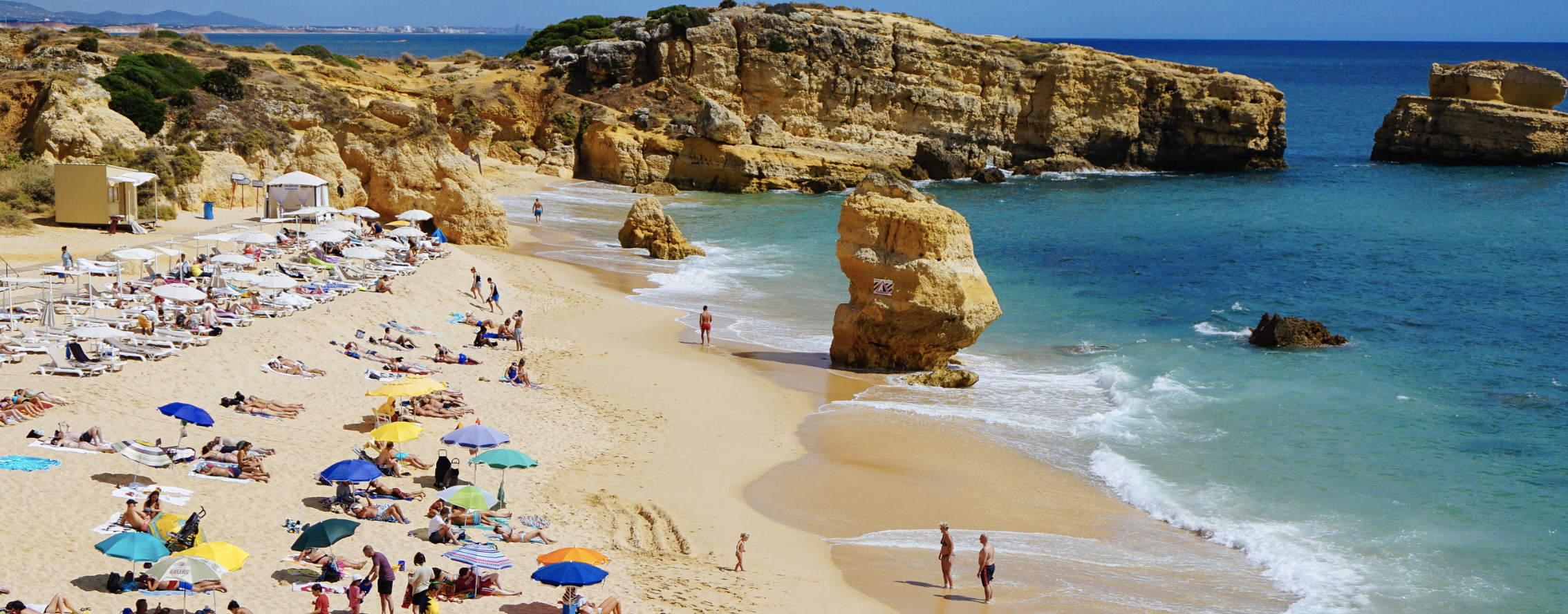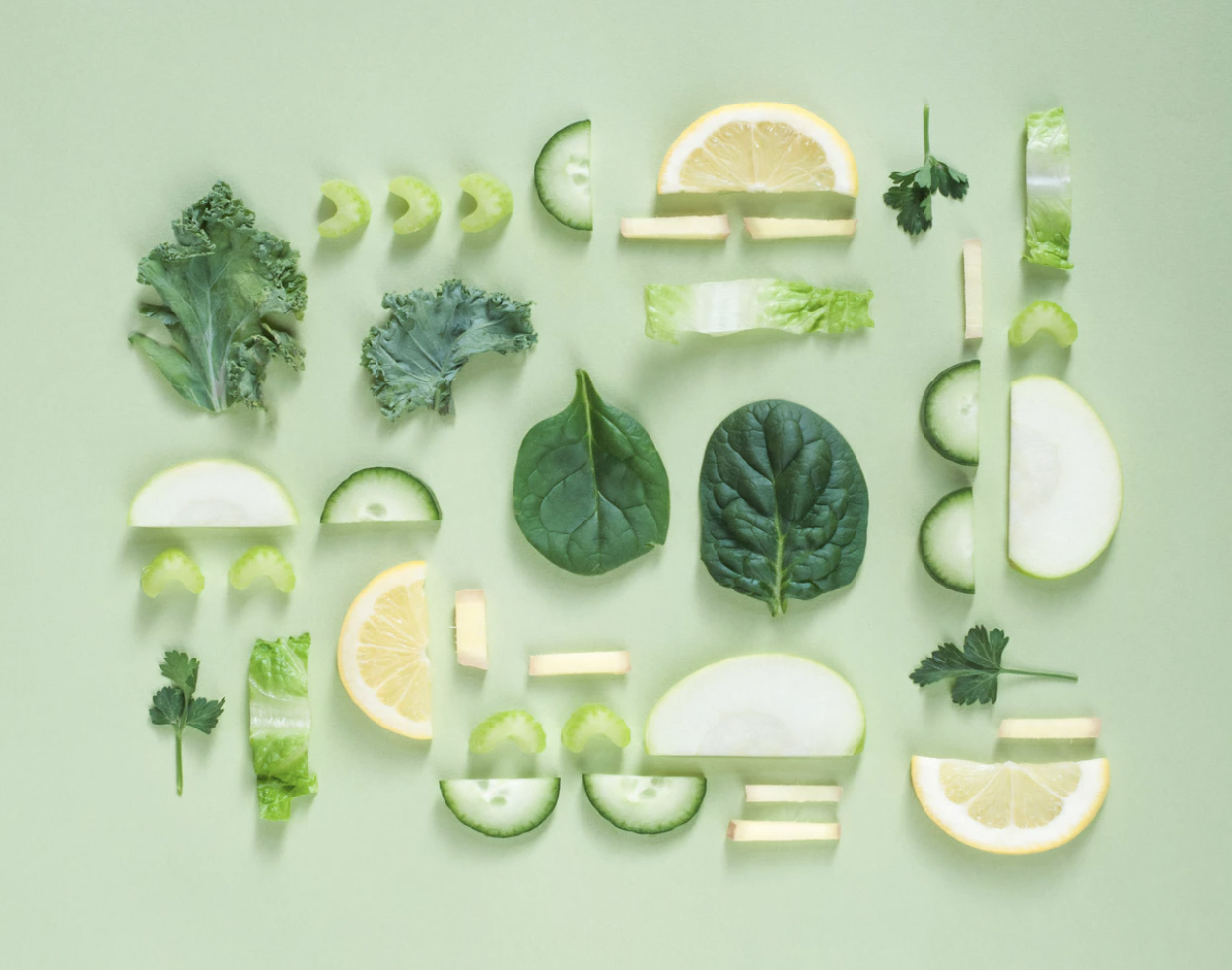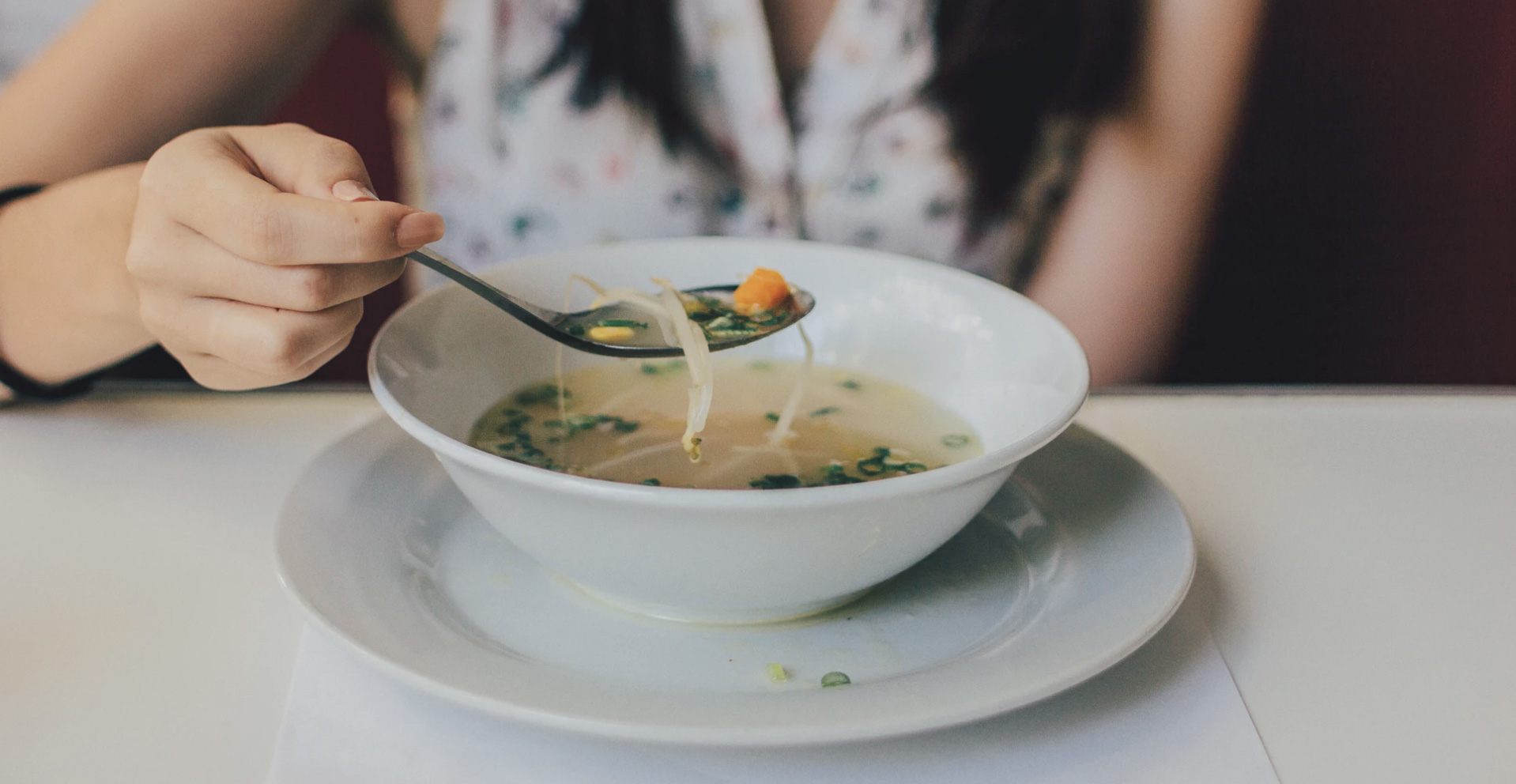The Perfect Bikini Body
An ate user describes her experience of what triggered her eating disorder and how she is conquering her past with a different kind of food journal.

I wanted to look good in a bathing suit.
Looking back, it almost makes me laugh — that my eating disorder began over something so simple. But it’s true: my freshman class was going on a school trip, and I wanted to look good in a bikini.
I’d never worn a bikini before (my mom had a rule: “No midriffs until you’re 13!”). Thanks to a lifetime of brainwashing by Victoria’s Secret ads, I thought that bikinis were the height of womanhood. Little did I know then that something as trivial as a bathing suit would be the catalyst for an eating disorder that would change my life.
My eating disorder has metamorphosed over the course of my lifetime, waxing and waning but never quite going away. At times, it’s presented as orthorexia, leading me to avoid any food that isn’t “clean.” Other times in my life, it’s presented as atypical anorexia, leading me to skip meals until I’ve felt weak — but never to lose enough weight to stand out as “sick.”

But throughout my recovery, one challenge has remained constant: ending my fixation on calorie counting. Whether my goal was to lose weight, look good or “eat clean,” I’ve always cared a little too much about the number on the label.
Accordingly, my challenge in recovery has been to find a food journaling app that fosters mindfulness of what I’m eating and how I feel about what I’m eating — without showing me that stupid calorie count. And that’s how I found ate app.
I searched and searched the App Store for a food journaling app without a calorie count.ate app popped up multiple times before I finally took the plunge and downloaded it.
As a blogger and author, I was hesitant of an app that placed such a heavy emphasis on photos over words. I also worried what others would think of me for photographing my food….then I realized, in today’s Instagram age, who really gives a f*ck anymore?!
When I finally downloaded ate app, the actual app shattered all my preconceived notions. I discovered that the convenience of photographing my food (versus manually typing EVERY. DAMN. THING. I eat) took some of the pressure off of food journaling.

I also found that ate app’s tags challenged me to think about not just what I eat, but also how I eat — and how that might contribute to my disordered eating behaviors. For example, I noticed that I tend to eat a lot of my meals alone, enabling me to hide my disordered eating behaviors from others, and on the go, enabling me to justify skipping meals (“I’m just soo busy!”).
Not too long ago, I took to my recovery Instagram (@cozycounselor) to share my journey with ate app — which is how I wound up writing this post! It’s not easy to go public with something so personal, but I shared my story because I realized that if this app had the power to change my disordered eating behaviors, then it also has the power to change others’.
I can wholeheartedly endorse ate app because I know it works. It brings mindfulness into eating without feeling like a chore. It takes the pressure off of food journaling while challenging your disordered eating patterns.
ate app works for me — and I sincerely hope you will give it a try, and allow it to work for you, too.
If you or someone you love is struggling with an eating disorder, call the NEDA Helpline at (800) 931–2237 or text “NEDA” to 741741 to speak with a trained crisis counselor.